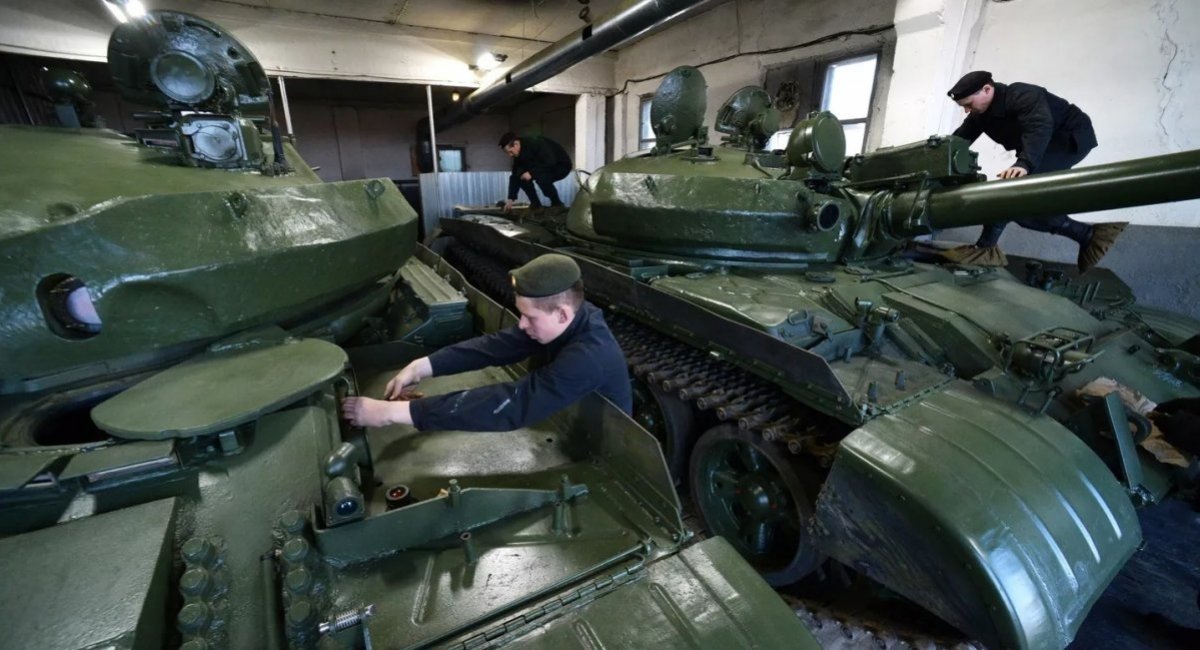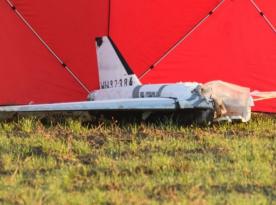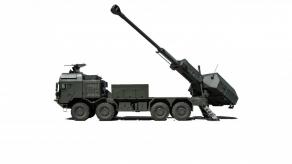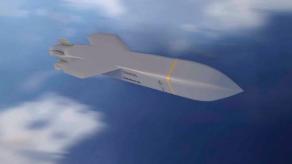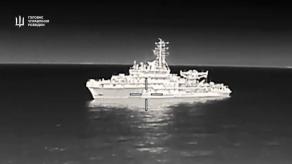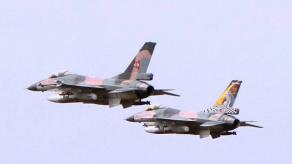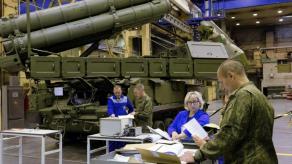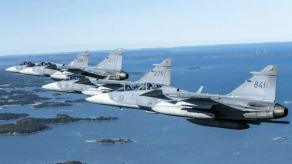The International Institute for Strategic Studies, a British-based think tank, has published an assessment of the remaining armored equipment that the russian federation can keep taking out from long-term storage and reactivate for fighting in Ukraine.
The analysts have calculated that throughout 2023 russia put back in active service some 1,180 to 1,828 main battle tanks of various kinds and about 2,470 infantry fighting vehicles and armored personnel carriers from reserve bases with aging and rotting equipment across the country. These resources are the main source of materiel to replace the irreversible combat losses of military vehicles in the war against Ukraine.
Read more: Are There Resources For the Production of Ammunition and Weapons in General in russia?
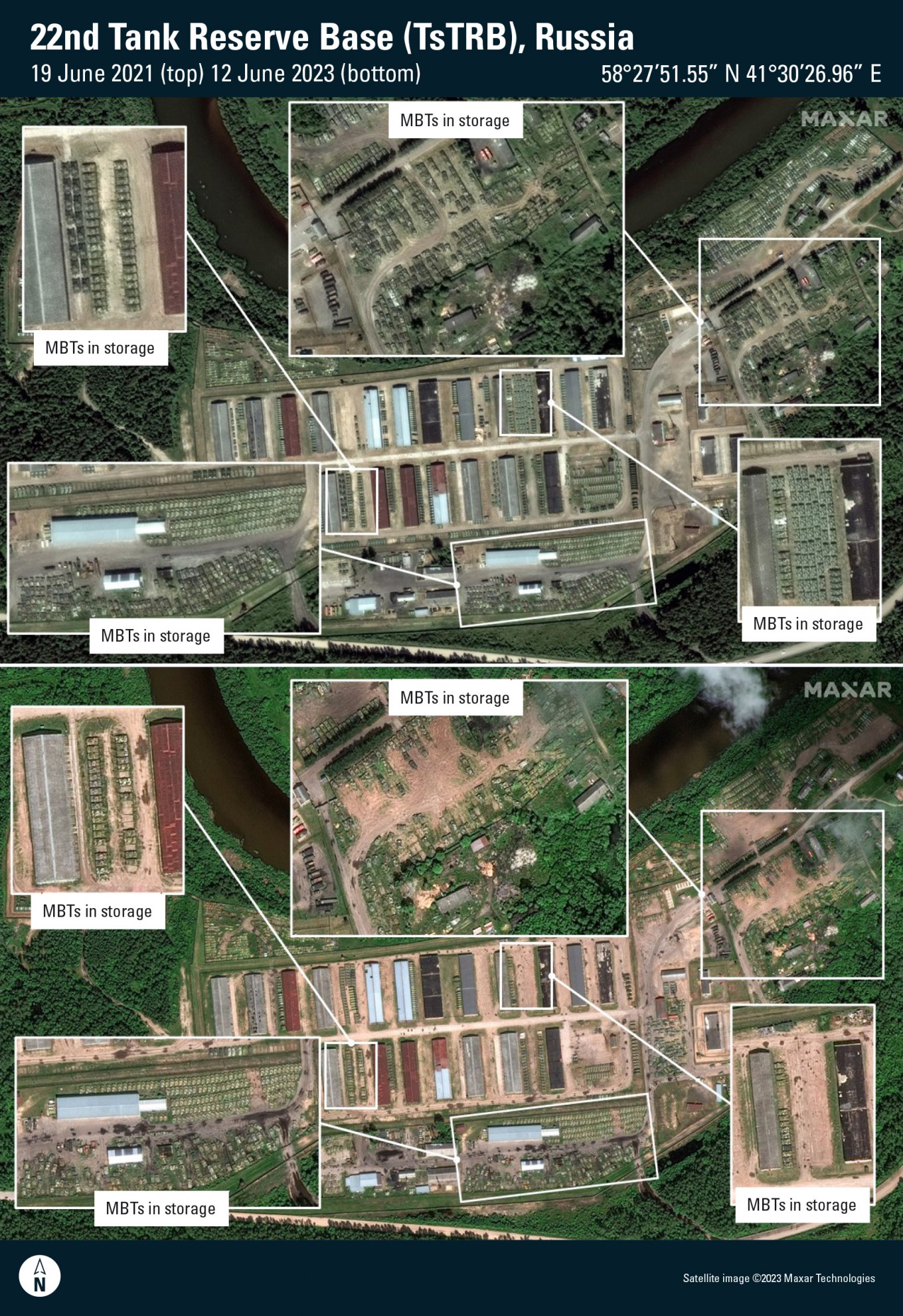
On a note from Defense Express, according to Ukraine's General Staff, russian invasion forces lost 2,948 tanks in 2023, and 4,995 other armored vehicles. Though it is imperative to understand that part of the losses inflicted on the russian army can still be restored, and russians are actively doing so. Some of the damaged and out-of-order equipment can be put back to operational condition by repairmen battalions near the frontline, without the need to send them to the plant for an overhaul.
In some cases, a damaged vehicle is evacuated but ultimately recognized as non-repairable and thus occasionally becomes a donor of spare parts for other vehicles.
The IISS experts estimate that if russian forces continue to lose their armor at the current rates, the amount of old Soviet equipment in the storage would be enough to sustain them "for another 2–3 years, and maybe even longer." After all, russia has "10 Central Tank Reserve Bases, at least 37 mixed equipment- and armaments-storage bases, and at least 12 artillery-storage bases," they specify.
But even such a serious institution as the IISS decided not to assess the pace of russian production of new armored vehicles, due to the lack of data to work with.

Nonetheless, it should be noted that the actual quantity of weapons and the rates of their reactivation depend on several additional factors and not just the number of tanks or APCs in storage. From a logical perspective, those vehicles that managed to maintain a better condition are always restored first, then followed by those rotten inside out, which require more resources to restore.
On top of that, when it comes to restoring the armor of past generations, there is always the factor of whether components for them are available because many pieces are no longer produced. Partially, this can be solved by replacing them with new ones: for example, russians already need to take the aging R-113 or R-123 radio communication units on the T-55 tanks and integrate modern digital radio stations. But some subsystems are more difficult to replace, such as the V-55U engine — those are in very short supply, and first of all, go into the vehicles that are already in service and need a replacement for their exhausted power plants.
Read more: Where to Obtain Additional T-72 and T-80 Tanks for the Ukrainian Armed Forces?




